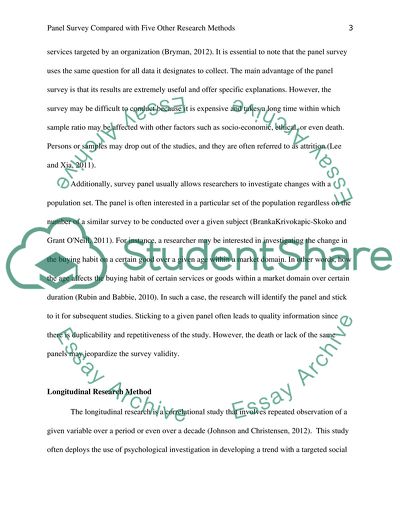Cite this document
(“Compare and Contrast Research Methods Essay Example | Topics and Well Written Essays - 1500 words - 5”, n.d.)
Compare and Contrast Research Methods Essay Example | Topics and Well Written Essays - 1500 words - 5. Retrieved from https://studentshare.org/miscellaneous/1608583-compare-and-contrast-research-methods
Compare and Contrast Research Methods Essay Example | Topics and Well Written Essays - 1500 words - 5. Retrieved from https://studentshare.org/miscellaneous/1608583-compare-and-contrast-research-methods
(Compare and Contrast Research Methods Essay Example | Topics and Well Written Essays - 1500 Words - 5)
Compare and Contrast Research Methods Essay Example | Topics and Well Written Essays - 1500 Words - 5. https://studentshare.org/miscellaneous/1608583-compare-and-contrast-research-methods.
Compare and Contrast Research Methods Essay Example | Topics and Well Written Essays - 1500 Words - 5. https://studentshare.org/miscellaneous/1608583-compare-and-contrast-research-methods.
“Compare and Contrast Research Methods Essay Example | Topics and Well Written Essays - 1500 Words - 5”, n.d. https://studentshare.org/miscellaneous/1608583-compare-and-contrast-research-methods.


